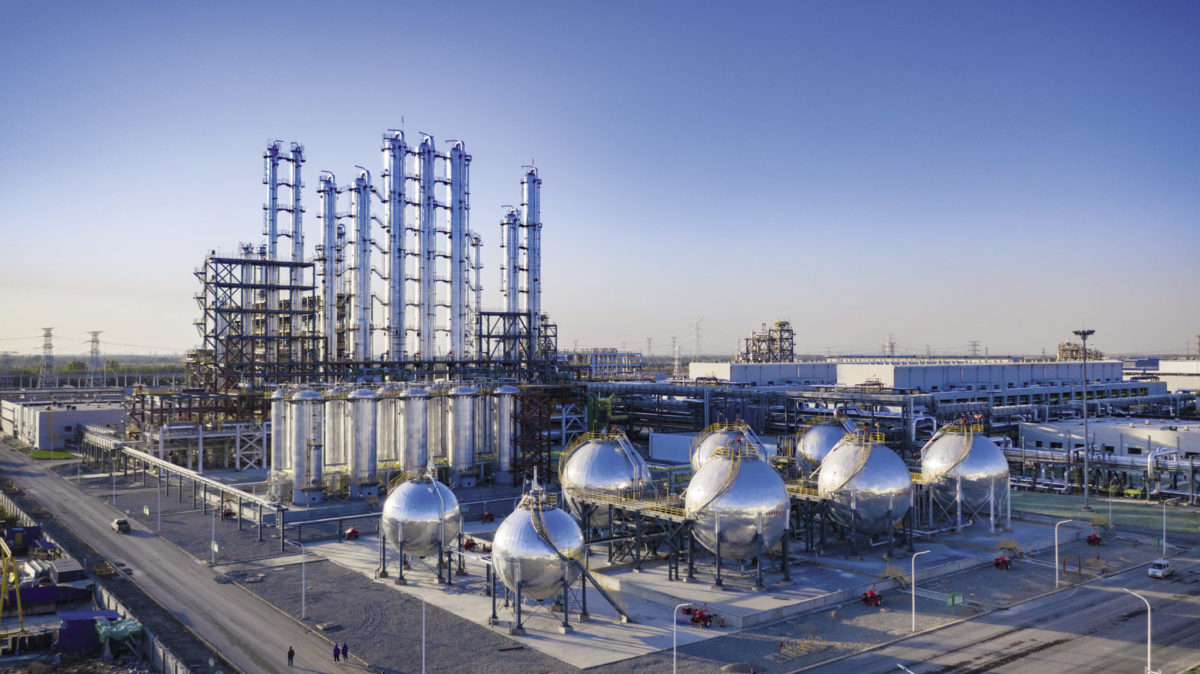In an unprecedented downturn, the average polysilicon price in the Chinese market plummeted to $5 per kilogram by mid-May, marking a 36% drop from the start of 2024, reports Bloomberg New Energy Finance (BNEF), a premier research solutions provider. This record low price, below the cash cost reported by industry leader Daqo at $5.60/kg, has triggered a cascade of consequences across the solar industry.
Over 300,000 metric tons of polysilicon inventory have accumulated, with wafer makers hesitant to purchase due to the severe oversupply. Many polysilicon manufacturers have initiated annual factory maintenance earlier than usual to curb output, planning further suspensions in June, which could reduce monthly production by 15%. Despite these efforts, the top five manufacturers are still expected to produce enough polysilicon to support over 700GW of silicon solar module production this year, indicating that the supply glut may persist.
Historically, the polysilicon market has seen gross margins dip below -40%, suggesting potential further price declines. However, a slight rebound is anticipated in the latter half of the year as installations continue, potentially stabilising prices at around $5-6/kg.
The ripple effect has also impacted wafer and module prices. P-type solar wafer prices dropped by 31%, and n-type wafers fell by 40%, driving many manufacturers into negative gross margins. Lower polysilicon and wafer prices are providing some relief to cell and module producers, although the entire supply chain is grappling with excess capacity and intense price competition.
Notably, module prices have also reached record lows, with n-type TOPCon cell technology modules almost touching $0.11/Wp. The competitive pressure is accelerating the obsolescence of older PERC technology production lines. Despite these challenges, major Chinese solar manufacturers remain ambitious, targeting delivery of over 600 GW of solar modules in 2024, exceeding global installation forecasts.
For India, the ongoing polysilicon price collapse and market oversupply present both challenges and opportunities. As one of the fastest-growing solar markets globally, India stands to benefit from lower module prices, which could accelerate the deployment of solar projects and help meet its ambitious renewable energy targets. Lower input costs for solar cells and modules can make solar power more affordable, driving higher adoption rates across the country.
Trade tensions further complicate the landscape, with the US imposing additional tariffs on Southeast Asian solar products, potentially inflating US module prices significantly. This geopolitical friction may exacerbate the oversupply issue as excess modules are diverted to other regions.
However, the Indian solar industry also faces significant hurdles. Domestic manufacturers are already grappling with intense competition from cheaper Chinese imports. The price war and oversupply could further strain local producers, who must now compete with heavily discounted polysilicon and modules. This situation underscores the need for robust government support and policy measures to protect and promote the indigenous solar manufacturing sector.
The interplay of reduced costs and increased competition also presents an opportunity for India to solidify its position as a global solar powerhouse.
India’s recent efforts to boost domestic manufacturing, such as the Production Linked Incentive (PLI) scheme, aim to enhance the competitiveness of local players. These measures are critical in ensuring that Indian manufacturers can withstand the price pressures and continue to grow. Additionally, India’s strategic push towards self-reliance in solar manufacturing, through initiatives like setting up polysilicon production facilities, becomes even more pertinent in light of the current global market dynamics.
The interplay of reduced costs and increased competition also presents an opportunity for India to solidify its position as a global solar powerhouse. By leveraging lower prices to expand its solar capacity rapidly, India can make significant strides towards its goal of around 300 GW of solar capacity by 2030. Moreover, as international trade tensions reshape global supply chains, India could emerge as a key player in the solar industry, attracting investments and forging new partnerships.
In conclusion, while the polysilicon price plunge and market oversupply pose immediate challenges, they also offer a silver lining for India’s solar ambitions. With strategic interventions and sustained focus on strengthening domestic capabilities, India can navigate this turbulent period and emerge stronger in the global solar landscape.
Authored by: Ali Imran Naqvi, executive director (ED) of Gensol Engineering Ltd
This content is protected by copyright and may not be reused. If you want to cooperate with us and would like to reuse some of our content, please contact: editors@pv-magazine.com.








By submitting this form you agree to pv magazine using your data for the purposes of publishing your comment.
Your personal data will only be disclosed or otherwise transmitted to third parties for the purposes of spam filtering or if this is necessary for technical maintenance of the website. Any other transfer to third parties will not take place unless this is justified on the basis of applicable data protection regulations or if pv magazine is legally obliged to do so.
You may revoke this consent at any time with effect for the future, in which case your personal data will be deleted immediately. Otherwise, your data will be deleted if pv magazine has processed your request or the purpose of data storage is fulfilled.
Further information on data privacy can be found in our Data Protection Policy.